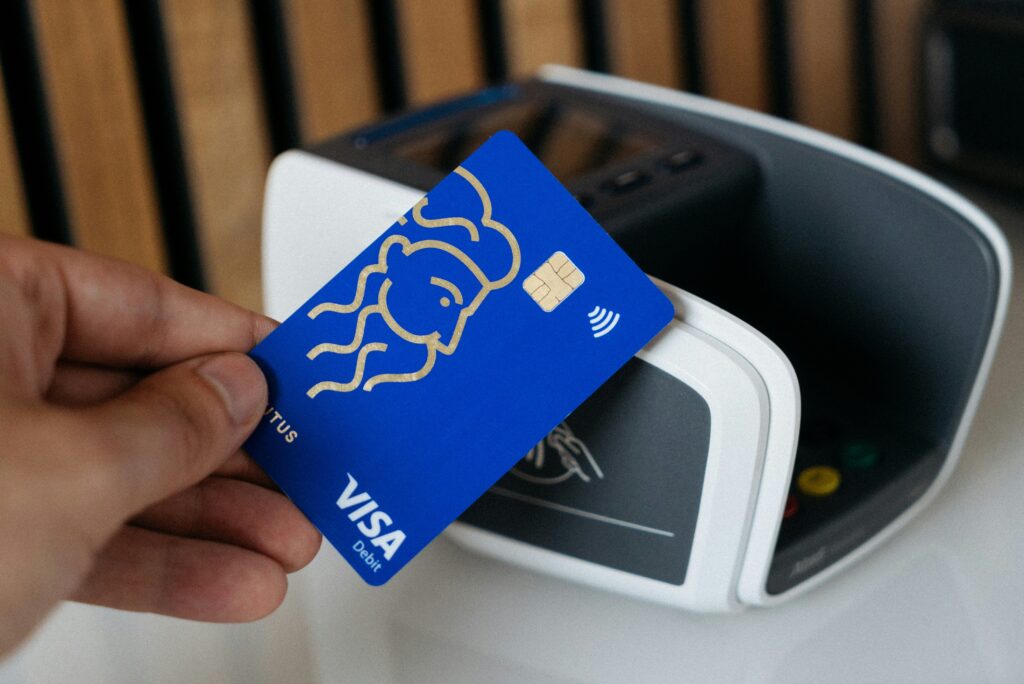Short answer: Amazon doesn’t publish a single blanket “fail once, wait one year” rule for every role — but plenty of teams and candidates experience cooldowns, varied reapply windows, and a hiring gatekeeper called the Bar Raiser that makes Amazon hiring unusually strict. This guide explains what those “hidden” rules really are, what’s official vs. anecdotal, and — most importantly — exactly what you can do next if you’re rejected and want back in.
Below you’ll find a clear, practical breakdown: how Amazon hires, what a Bar Raiser does, the reality about “reapply” bans, the status signals you might get (inclined-to-hire, not recommended), and a step-by-step recovery plan to improve your odds next time. I’ll cite high-impact sources where the facts matter most. (Amazon Web Services, Inc., amazon.jobs, Business Insider, Amazon Jobs, About Amazon)
1) The hiring architecture you need to understand (why Amazon feels strict)
Two structural features make Amazon hiring feel like it has “hidden rules”:
- Bar Raisers — a formalized program of independent interviewers whose job is to protect hiring standards. A Bar Raiser sits on interviews (often from outside the hiring team) and can effectively veto a hire if they judge the candidate doesn’t “raise the bar.” That extra gatekeeper is why even strong teams can lose candidates at the final stages. (Amazon Web Services, Inc., About Amazon)
- Leadership Principles as a hiring rubric — hiring decisions are explicitly mapped to Amazon’s Leadership Principles (ownership, customer obsession, dive deep, etc.). Interviewers score candidates both on role skills and on principle-alignment; you need both. Recent insiders say alignment with principles and the ability to tell crisp behavioral stories matters more than raw technical chops in many cases. (Business Insider)
Why that matters: even if you solve the case or code perfectly, a Bar Raiser or a panel deeming you a weak fit on Leadership Principles can stop the hire. That’s often what candidates interpret as a mysterious or unfair “ban.”
2) “Fail one interview — wait a year”: the truth about cooldowns
There is no single, public “one-year global ban” posted on Amazon’s careers site that applies to every role and region. Amazon’s jobs/FAQ pages let applicants reapply and explain rehiring for former employees, but they don’t publish a universal reheating schedule. That’s the official side: Amazon encourages qualified candidates to reapply, and rehiring former employees follows a separate alumni process. (amazon.jobs, Amazon Jobs)
So why do people say “wait a year”? Two realities explain that tidy rule of thumb:
- Different teams and job families have different internal cooldowns. Some fast-fill operations (like fulfillment centers) may have short waits (sometimes 90 days reported anecdotally), while technical or senior roles often recommend longer “cool-off” windows (commonly 6–12 months, sometimes longer). These are usually internal recruiter practices rather than a companywide, public policy. Anecdotal forums and candidate reports show variability (6 months, 12 months, or a range), which is why rumors solidify into a one-year myth. (Reddit)
- Hiring signals and statuses matter. If you get a “not recommended” or a strong “no” from the Bar Raiser, many teams won’t reinterview you soon; you’ll need demonstrable improvement. If you get an “inclined to hire” or “maybe” outcome, that has a much better short-term effect — network with the recruiter and the team. A recent insider article also noted that an “inclined to hire” tends to be valid for ~six months in some contexts. (Business Insider)
Bottom line: treat any fixed “one-year rule” as a useful heuristic, not a hard law. Ask your recruiter how their team handles reapplications — they can be candid about team practice.
3) What you actually learn from typical rejection outcomes
Amazon interview outcomes are more informative than the “reapply timeframe” rumor. Here are common signals and what they mean:
- Inclined to hire / Strong yes: You’re in a great spot — in many cases that status remains actionable for months. If you get this, press your recruiter to keep you visible for similar roles. (Business Insider)
- No / Not recommended (especially with Bar Raiser concerns): Expect to need demonstrable improvement. Recruiters and teams will treat the feedback seriously; you’ll likely need 6–12+ months of new evidence (projects, role growth, stronger examples) to get a fresh look. (Amazon Web Services, Inc.)
- Technical pass but culture/LP weakness: This is common; strong technical fixes alone won’t convert you unless you can tell leadership-principles stories consistently. Work on STAR-style stories that match Amazon’s principles. (Business Insider)
4) Reality check: official Amazon guidance vs. community experience
- Official: Amazon’s careers FAQ and hiring pages don’t publish a one-size cooldown. They document rehiring processes for former employees and encourage reapplication when appropriate. Use the recruiter as your authoritative source. (amazon.jobs, Amazon Jobs)
- Community (anecdotal): Forums (Blind, Reddit) and candidate videos report cooldown windows ranging from 90 days for some fulfillment roles to 6–24 months for more senior roles. These are real experiences but reflect local practice, not a single corporate rule. Treat them as signal, not law. (Reddit, Blind)
5) Practical playbook: what to do right after a rejection (so you can reapply sooner and smarter)
If you want back in, follow this step-by-step recovery plan.
Step 1 — Ask for transparent feedback (politely)
Email the recruiter and ask for specific, actionable feedback: which Leadership Principles or skill areas were weak, and what evidence would change the decision. Recruiters can’t always share everything, but you’ll often get good direction. If you got documented feedback from the interview packet, study it.
Script: “Thanks for your time and feedback. Could you share 1–2 specific areas I should improve to be considered for similar roles in the future? I want to make concrete progress before reapplying.”
Step 2 — Convert feedback into measurable improvement
Don’t reapply until you have new, demonstrable proof. Depending on the feedback, that might mean:
- A major new project or shipped feature (linkable repo, dashboard, or product metric).
- A promotion or a clear increase in responsibility at work.
- Stronger STAR stories tailored to the specific Leadership Principles that were weak.
Step 3 — Build external validation & referrals
Get a referral or recommender inside Amazon if possible — internal sponsorship can change the timeline. Also publish or produce concrete artifacts (GitHub repo, case study, product metrics) you can point to in your application.
Step 4 — Time your reapplication strategically
If the recruiter gave a suggested cooldown (e.g., “reapply in 6 months after X improvement”), follow it. If you got no guidance, wait until you have new, verifiable work to show. Blindly reapplying early is often a waste — Amazon retains interview feedback and will likely screen you the same way.
Step 5 — Nail the Bar Raiser & Leadership Principles
Bar Raisers care about two things: (a) will you raise the bar; and (b) do you live the Leadership Principles? Prepare 8–12 STAR stories mapped to the Principles, practice them succinctly, and rehearse a “fail story” that shows learning and ownership (Bar Raisers want to see learning agility). Resources from Amazon Bar Raisers and former Bar Raisers are useful prep material. (About Amazon, Amazon Web Services, Inc.)
6) If you worked at Amazon before (alumni rehiring)
If you’re an Amazon alum, there’s an alumni rehire process and a formal page encouraging rejoining; eligibility depends on performance, exit reason, and business needs. Former employees often have a smoother re-entry if they left on good terms. Check Amazon’s official alumni rehiring page and speak to your former manager or HR contact. (Amazon Jobs)
7) Tactical checklist: preparing a re-application that hiring teams can’t ignore
- New measurable work since last interview (metrics, users, revenue, performance improvements).
- 8–12 STAR stories mapped to Leadership Principles; one strong “failure + learning” story.
- Strong referrer inside Amazon (if possible).
- Clear pitch for the role you apply to — tailor your resume bullets and opener to the team’s top KPIs.
- Mock panel + Bar Raiser prep (practice with peers or a coach who can simulate contrarian Bar Raiser questions). Use public Bar Raiser tips and sample questions in prep. (IGotAnOffer, Exponent)
8) When to walk away (red flags during interview that matter more than the wait time)
Some red flags are worth heeding rather than retrying immediately:
- The team displays chronic chaos and can’t explain success metrics or priorities (poor sign for role clarity).
- Recruiter won’t explain whether rejection was competency-based vs. fit-based.
- You repeatedly get a Bar Raiser “no” with the same feedback across different teams — maybe your profile needs a real pivot.
If you see those, invest in building new skills rather than reapplying prematurely.
9) Final — the real “hidden rule” revealed
The hidden rule isn’t a fixed calendar date. It’s this: Amazon values demonstrable improvement and alignment with Leadership Principles over repeat applications. If you fail once, the path back is clear: get better at the things the company values, show measurable progress, and use internal advocates. Treat any suggested cooldown as a chance to produce new evidence that changes the hiring signal — then reapply when you can point to that evidence.
Want help now? I can:
- Turn this into a one-page reapply plan tailored to your last interview feedback (give me the feedback or paste anonymized notes), or
- Draft 8 STAR stories mapped to Amazon’s Leadership Principles from 3–4 of your resume bullets, or
- Create a mock Bar Raiser script and 3 practice roleplay interviews you can run with a peer.
Which would you like?




